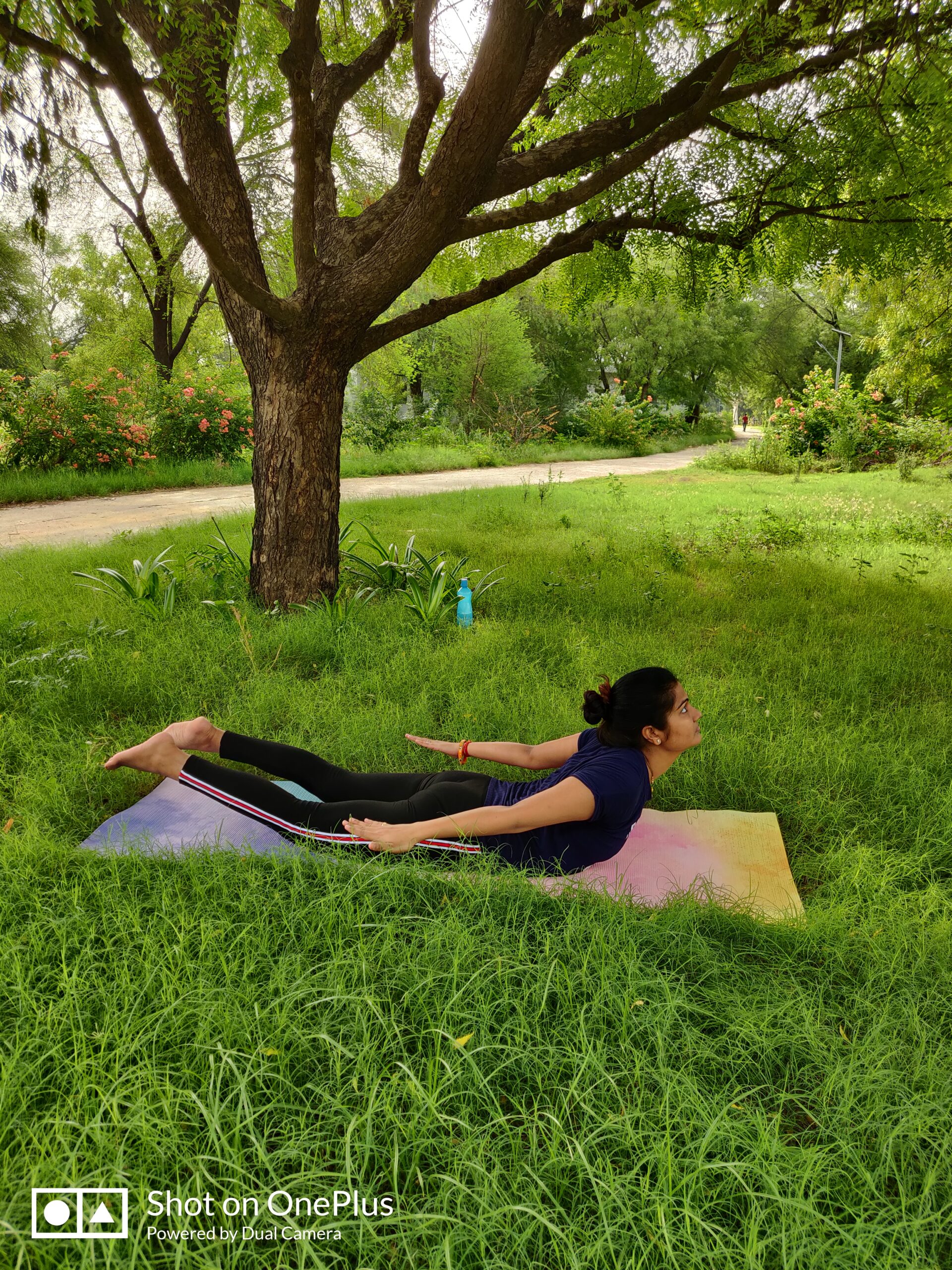Balancing Act: Maintaining a Healthy Lifestyle While Navigating Work
In the hustle and bustle of professional life, prioritizing health often takes a backseat. However, achieving a harmonious balance between work responsibilities and well-being is not only possible but crucial for sustained success and happiness. Let’s explore practical strategies on how to maintain a healthy lifestyle while navigating the demands of a busy work schedule.

1. Mindful Morning Routines
- Early Rise: Start your day a bit earlier to carve out time for self-care.
- Mindful Start: Engage in activities like meditation, stretching, or a nutritious breakfast to set a positive tone.
2. Strategic Time Management
- Prioritize Tasks: Identify and prioritize key tasks to manage time effectively.
- Scheduled Breaks: Incorporate short breaks to recharge and avoid burnout.
3. Incorporate Movement Throughout the Day
- Desk Exercises: Integrate simple exercises like stretching or chair yoga during short breaks.
- Walking Meetings: Opt for walking meetings to combine productivity with physical activity.
4. Healthy Nutrition Habits
- Meal Planning: Plan and prepare healthy meals in advance to avoid relying on fast food.
- Smart Snacking: Keep nutritious snacks like nuts, fruits, or yogurt at your workspace.
5. Hydration Reminder
- Water Accessibility: Keep a water bottle at your desk to stay hydrated throughout the day.
- Hydration Apps: Set reminders on your phone to ensure regular water intake.
6. Mindfulness Techniques
- Breathing Exercises: Practice deep breathing exercises to reduce stress and promote focus.
- Mindful Breaks: Take short breaks to practice mindfulness and reset your mental state.
7. Ergonomic Workspace Setup
- Comfortable Seating: Ensure your chair and desk are ergonomically suitable to prevent discomfort.
- Eye Care: Follow the 20-20-20 rule to reduce eye strain—look at something 20 feet away for 20 seconds every 20 minutes.
8. Establishing Boundaries
- Work-Life Balance: Set clear boundaries between work and personal time.
- Technology Detox: Designate specific times to disconnect from work-related emails and calls.
9. Fitness Integration
- Lunchtime Workouts: Utilize your lunch break for a quick workout or a brisk walk.
- Home Exercise Equipment: Consider having compact exercise equipment at home for convenience.
10. Social Connection
- Virtual Coffee Breaks: Schedule virtual breaks with colleagues for social interaction.
- Team Building Activities: Engage in team-building activities to foster a sense of connection.
11. Quality Sleep Routine
- Consistent Sleep Schedule: Maintain a regular sleep schedule for quality rest.
- Sleep Environment: Create a conducive sleep environment by minimizing distractions.

12. Professional Support
- Employee Assistance Programs (EAPs): Utilize workplace resources for mental health support.
- Health and Wellness Initiatives: Participate in workplace wellness programs for additional guidance.
13. Regular Health Check-Ups
- Preventive Care: Prioritize regular health check-ups to catch potential issues early.
- Telehealth Options: Explore telehealth services for convenient healthcare access.
14. Mindful Post-Work Transition
- Digital Detox: Disconnect from work-related screens after a designated time.
- Reflect and Unwind: Spend time reflecting on the day and engaging in relaxing activities.
15. Creative Break Activities
- Artistic Expression: Take short breaks to engage in creative activities like drawing, writing, or listening to music.
- Mindful Doodling: Doodle mindfully during meetings to enhance focus and unleash creativity.
- Monitor Placement: Ensure your monitor is at eye level to reduce neck strain.
- Chair Adjustments: Regularly check and adjust your chair to maintain optimal posture.
17. Greenery in the Workspace
- Desk Plants: Introduce indoor plants to your workspace for improved air quality and a calming atmosphere.
- Natural Elements: Connect with nature by placing a small vase of flowers on your desk.
18. Utilize Commuting Time Wisely
- Audiobooks or Podcasts: Listen to educational podcasts or audiobooks during your commute.
- Mindful Driving: Practice mindfulness while commuting to reduce stress.
19. Wellness Challenges with Colleagues
- Friendly Competitions: Initiate wellness challenges among colleagues, such as step counts or healthy recipe sharing.
- Team Rewards: Celebrate collective achievements with small rewards for motivation.
20. Financial Well-Being Considerations
- Budget Planning: Develop a budget to alleviate financial stress.
- Financial Seminars: Attend workshops on financial well-being for practical tips.
21. Cultivate a Positive Workspace Culture
- Recognition: Acknowledge and celebrate achievements within the team.
- Gratitude Practices: Encourage expressing gratitude in the workplace.
22. Mindful Eating Practices at Work
- Lunchtime Ritual: Dedicate time to enjoy your lunch without multitasking.
- Healthy Potlucks: Organize healthy potluck events with colleagues to encourage nutritious choices.

23. Utilize Corporate Wellness Programs
- Program Participation: Engage actively in workplace wellness programs.
- Feedback and Suggestions: Provide input to enhance and tailor existing wellness initiatives.
24. Holistic Training Sessions
- Mental Health Awareness: Attend training sessions on mental health to foster a supportive workplace culture.
- Stress Management Workshops: Equip employees with stress-coping strategies.
25. Community Engagement
- Volunteer Opportunities: Participate in company-sponsored volunteer activities for a sense of community.
- Social Impact Initiatives: Support or initiate initiatives that contribute to social causes.
26. Flexible Work Arrangements
- Remote Work Considerations: Explore flexible work arrangements for improved work-life integration.
- Alternate Schedules: Opt for compressed workweeks or alternative schedules when feasible.
27. Holistic Employee Benefits
- Mental Health Coverage: Advocate for comprehensive mental health benefits in employee insurance plans.
- Fitness Subsidies: Explore employer-sponsored fitness programs or gym subsidies.
28. Empowerment Through Education
- Educational Allowances: If available, utilize employer-provided educational allowances for personal and professional growth.
- Continuous Learning: Attend workshops and webinars for ongoing skill development.
29. Daily Reflection Practices
- Journaling: Maintain a work-related journal to reflect on achievements, challenges, and personal growth.
- Gratitude Journal: End the day by noting down things you are grateful for.
30. Peer Support Networks
- Wellness Buddies: Establish wellness accountability partnerships with colleagues.
- Support Circles: Create informal support circles to discuss well-being challenges and successes.
By integrating these additional strategies into your daily routine, you can further enhance the tapestry of well-being in the workplace. Remember, a holistic approach to health involves addressing physical, mental, and social aspects, contributing to a thriving and balanced professional life.
Get More Details: Physical Activity and Nutrition in Health Maintenance




